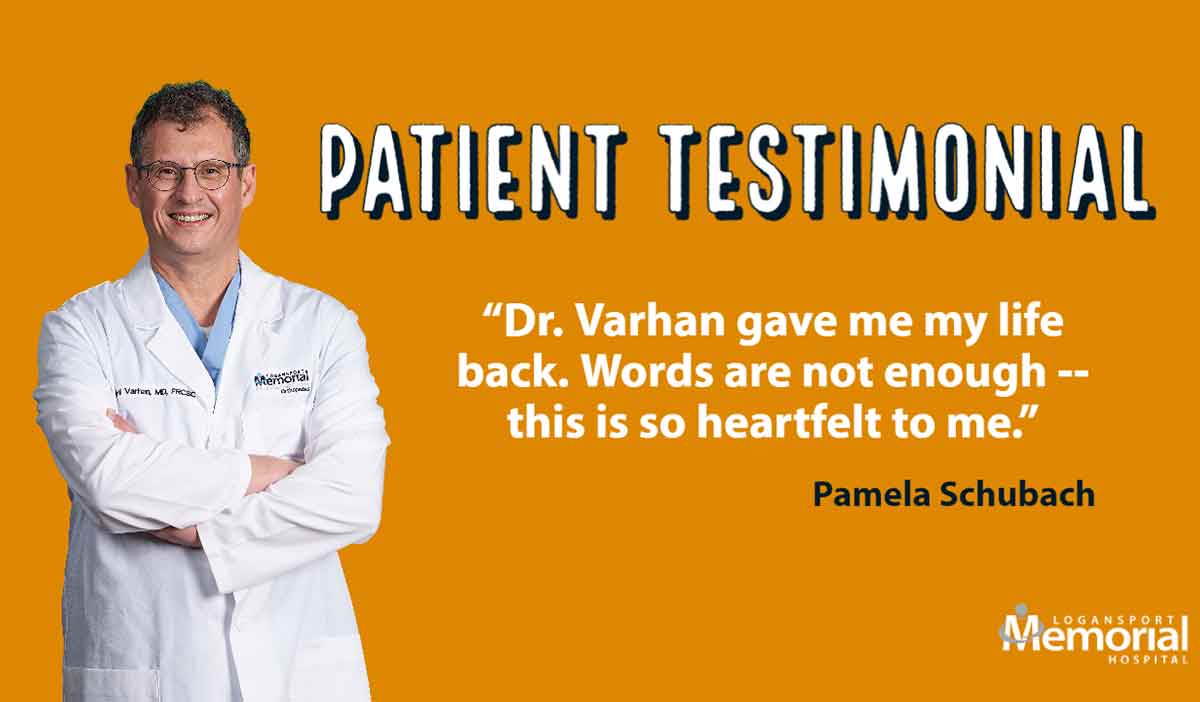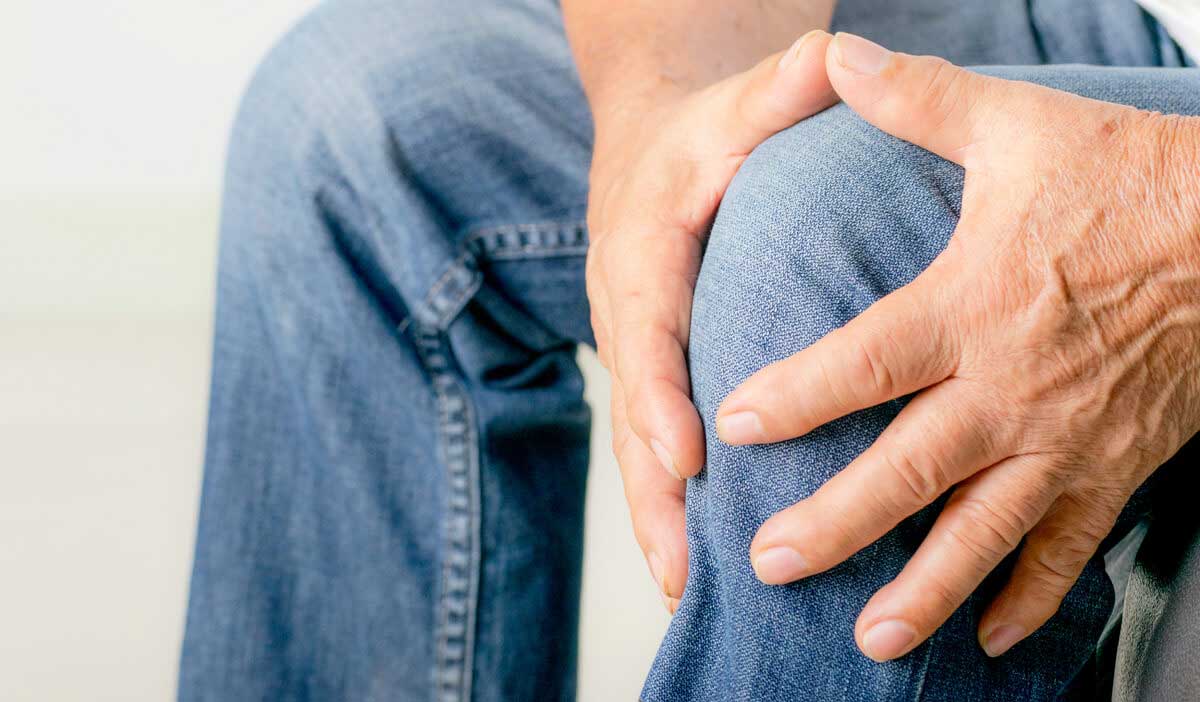You’re out running and feel a twinge in your knee. You’re playing in your basketball league and twist your ankle. You fell on a weekend hike with friends and now your elbow is suspiciously swollen. Is it time to see the doctor or can you rest and ice your way through it?
It’s hard to know sometimes if you’re hurt and need a break or if you’re injured and need medical intervention. Let’s ask the orthopedic team at Logansport Memorial Hospital: When does a sports injury need a doctor?
If you experience a major injury such as a bone fracture, it’s clear that you need a doctor. But what about those strains, sprains and relatively minor aches? Knowing when to see the doctor is important or a small problem can turn into a big one. Many overuse injuries – think tendonitis, stress fractures, shin splints, plantar fasciitis – happen over time and often with subtle symptoms. If you don’t see a doctor in a timely fashion you could risk more serious injury and will almost certainly have a longer recovery time.

Two clear signs that it is time for a doctors appointment:
- Symptoms do not go away after rest and home treatment
- Your condition is starting to affect training or performance
Let’s break that down even more specifically into acute injury vs overuse injury.
Acute injuries that cause swelling, bruising or restricted joint movement.
These may include: sprains, strains, torn or cartilage.
When to see your doctor:
excessive swelling or instability in the joint; inability to full move a joint; pain that does not go away; pain that disrupts daily activity or wakes you up at night
Overuse injuries that get worse during activity but ease up with rest.
These may include: tendonitis, stress fractures, bursitis, or fasciitis
When to see your doctor:
Pain is in one specific area and gets worse over time. Pain is restricting normal activity and isn’t going away even with rest, ice or use of over the counter pain medicines.

“With any injury, ache or pain we recommend you be proactive,” notes Logansport Memorial orthopedic surgeon, Dr. James Davis. “Treat the pain immediately after your workout or activity with rest, ice, compression and elevation (R.I.C.E.). If the pain is still there or worse after a few days, it’s time for a doctor’s diagnosis.”
“Excessive swelling and bruising are often signs of a more serious injury,” adds Chris Hogg, Logansport Memorial orthopedist. “If you injured a joint – an ankle or a knee for example – and also find that your range of motion is restricted or it appears to ‘catch’ or ‘lock’ when you move it, you need medical attention.”
Don’t fall into the trap of “no pain, no gain.” If you have a nagging injury that falls into the above categories, see your doctor. The sooner you do, the sooner you’ll be back running, playing basketball, and hiking.
Expertise and care to get you back on your feet
Logansport Memorial Hospital’s experienced team of orthopedic surgeons and physical therapists is committed to keeping you healthy and active. Our team is ready to work with you to diagnose the issue and prescribe the best plan for recovery.
Learn More & Schedule An Appointment




